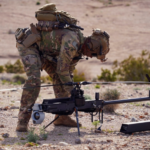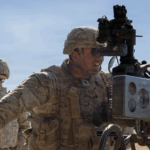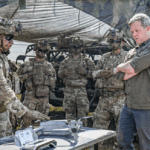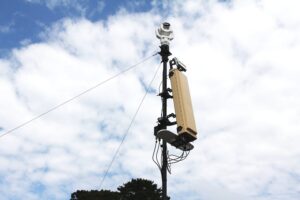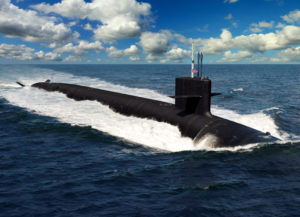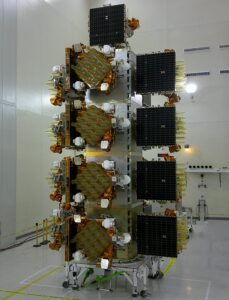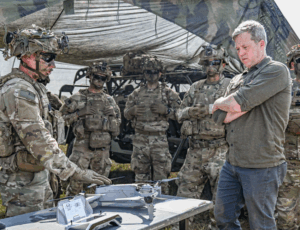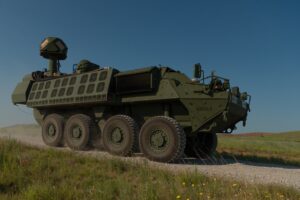
The Army’s Stryker-mounted 50-kilowatt laser system prototypes deployed to the Middle East for evaluation have been “proving challenging to incorporate into a vehicle that has to move around constantly,” the service’s top acquisition official said Wednesday. Doug Bush, assistant secretary of the Army for acquisition, logistics and technology, told lawmakers the soldiers using the four Directed Energy Maneuver Short-Range Air Defense (DE M-SHORAD) systems in U.S. Central Command have cited challenges with “the heat dissipation, the amount of electronics [and]…

 By
By 